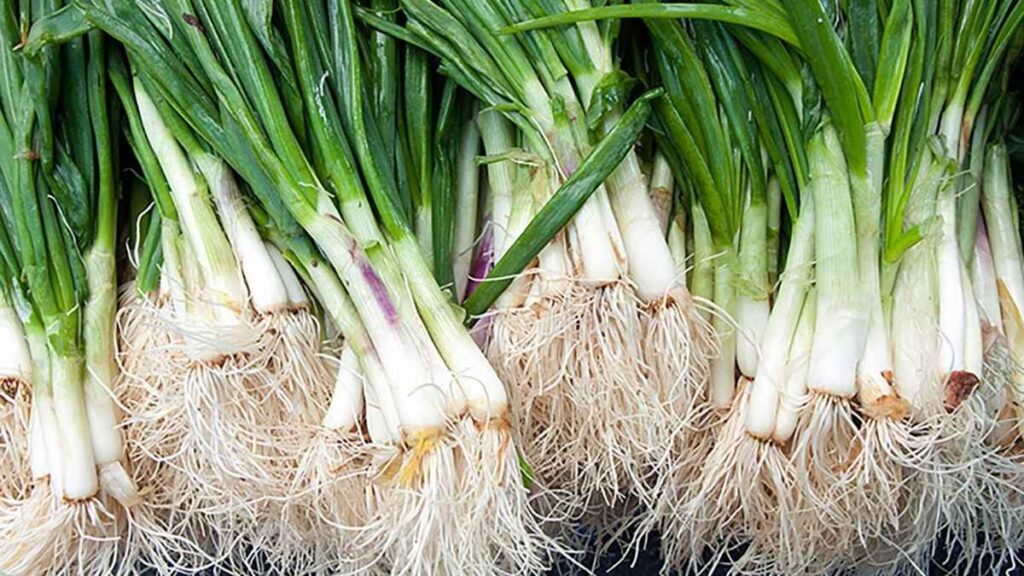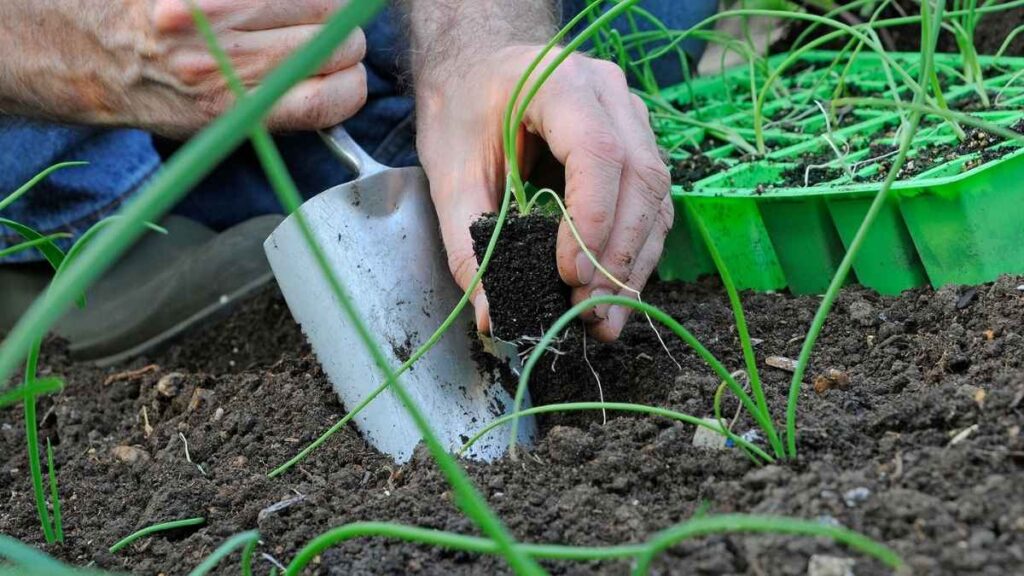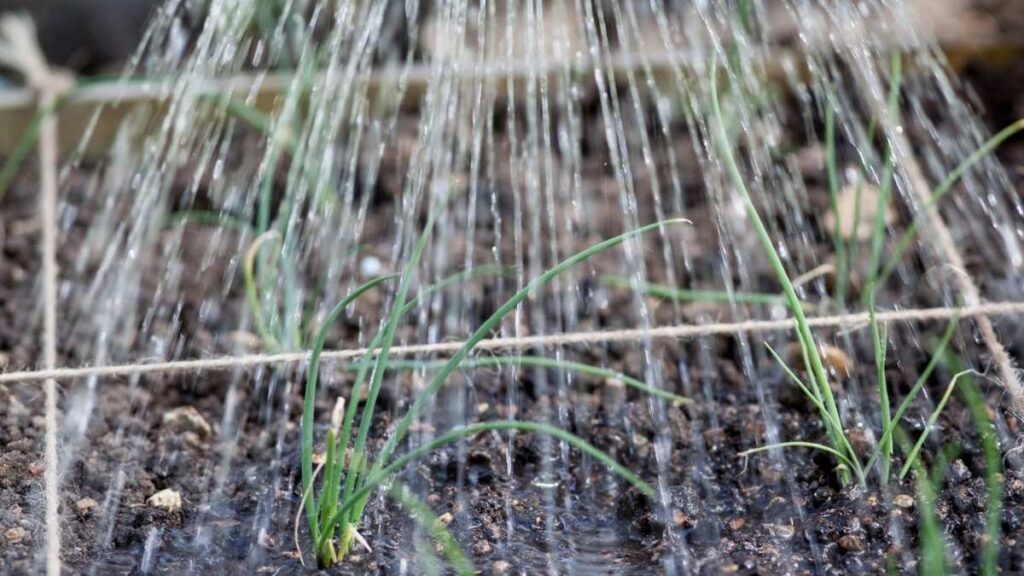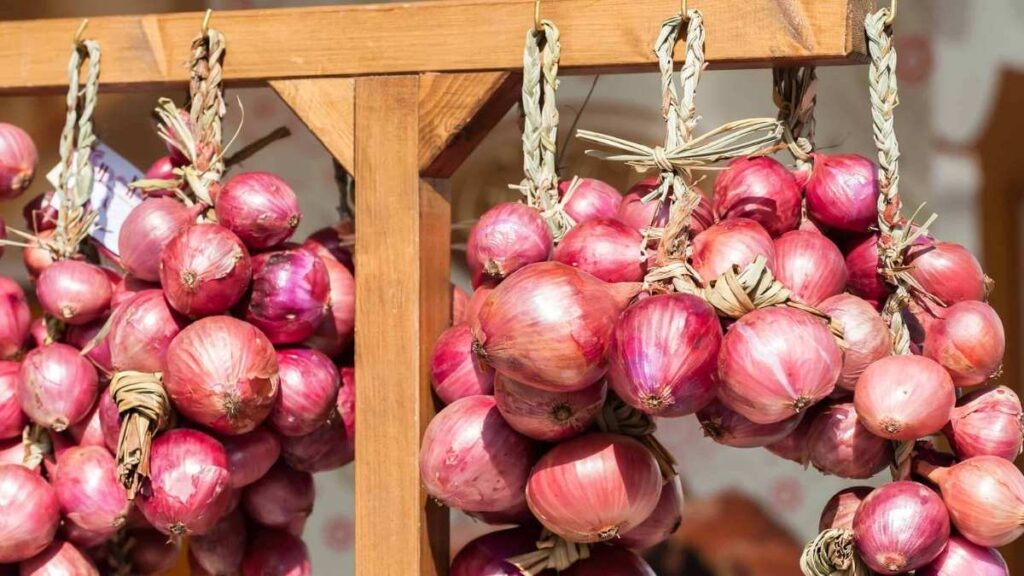Spring onions, also known as green onions or scallions, are among the easiest and most rewarding vegetables to grow. Their crisp texture, mild flavor, and versatility make them a favorite in kitchens across America. Whether you have a backyard garden or just a small balcony, you can enjoy fresh spring onions throughout the year. They’re quick to grow, easy to care for, and bring a refreshing taste to countless dishes. Here’s how to cultivate and cook them year-round, no matter where you live.
Understanding Spring Onions
Spring onions are young onions harvested before the bulb forms completely. They have slender white bases and long green tops, both of which are edible. Their flavor is gentle compared to mature onions, making them perfect for salads, stir-fries, soups, or garnishes. Because they grow quickly and can tolerate cooler temperatures, they’re ideal for continuous planting throughout the year in most parts of the United States.
Choosing the Right Variety

Selecting the right type of onion makes a big difference when growing for year-round harvest. Look for varieties that are bred specifically for bunching or slow-bulbing growth. Some popular choices include:
- Evergreen White Bunching
- Ishikura Long White
- White Lisbon
- Red Beard (for a colorful twist)
These types are non-bulbing and stay crisp and tender longer, which is perfect for continuous harvesting.
Preparing the Soil and Location
Spring onions prefer rich, well-draining soil with plenty of organic matter. A slightly acidic to neutral pH of 6.0 to 7.0 is ideal. Before planting, prepare the bed by loosening the soil about eight inches deep and mixing in compost. If you’re using containers, choose pots at least six inches deep with good drainage holes.
They thrive in sunny spots with at least six hours of sunlight a day, but partial shade is fine, especially in warmer southern states where the summer sun can be intense.
Planting Spring Onions

You can start spring onions from either seeds or small immature bulbs known as sets. To ensure a continuous harvest, sow seeds every two to three weeks.
For outdoor planting:
- Sow seeds about half an inch deep and one inch apart.
- Keep rows around eight inches apart to allow easy access and air circulation.
- Water gently but consistently.
For indoor or container growing:
- Use a well-draining potting mix.
- Keep the soil evenly moist, not soggy.
- Place the container near a sunny window or under a grow light.
Seedlings will appear within a week or so. Once they reach a few inches tall, thin them out to leave room for the remaining plants to grow. The thinnings can already be used as baby scallions in your kitchen.
Watering and Ongoing Care

Because spring onions have shallow roots, they need consistent moisture to grow well. Dry soil can make them fibrous and less flavorful.
Here’s how to keep them happy:
- Water lightly but regularly, especially during dry spells.
- Use mulch to help retain soil moisture and reduce weeds.
- Feed them with compost tea or a balanced organic fertilizer every few weeks.
- Watch out for pests like onion maggots or thrips. Good airflow and crop rotation usually prevent major issues.
With just a little attention, you’ll have tender, flavorful onions ready to pick in no time.
Harvesting Year-Round

You can start harvesting spring onions about six to eight weeks after planting. Pull them when the bulbs are small and white, and the greens are vibrant. You don’t have to harvest all at once just take what you need and let the rest continue growing.
For a constant supply throughout the year:
- Re-sow seeds every few weeks.
- In colder regions, grow indoors or in a greenhouse during winter.
- In warmer regions, plant outdoors year-round with short breaks during extreme heat.
Even if space is limited, a few pots on your balcony or kitchen windowsill can give you fresh onions whenever you need them.
Regrowing from Kitchen Scraps
One of the easiest ways to enjoy endless spring onions is by regrowing them from scraps.
Here’s how:
- Save the white root ends of store-bought spring onions.
- Place them in a glass of water so only the roots are submerged.
- Keep the glass in a sunny spot, changing the water every couple of days.
- Within days, new green shoots will start to grow.
Once the greens are a few inches tall, plant them in soil for continuous regrowth. It’s a simple, sustainable, and almost effortless way to keep your supply going.
Storing Your Harvest

Freshly picked spring onions are best used right away, but you can store extras easily.
- Wrap them in a damp paper towel and store them in a plastic bag in the refrigerator for up to a week.
- Chop and freeze them in small portions for cooking.
- Dry the greens and crumble them as seasoning for soups and sauces.
Still, nothing compares to the flavor of freshly cut onions, so aim to grow small, manageable batches that you can harvest regularly.
Cooking with Spring Onions
Spring onions bring a bright, clean flavor to a huge range of dishes. The white part is slightly sweet and mild, while the green tops add freshness and color. They can be eaten raw or cooked, making them incredibly versatile.
Some delicious ways to use them include:
- Tossing chopped greens into salads or sandwiches for a light crunch.
- Adding to stir-fries, fried rice, or noodles for extra aroma.
- Mixing into mashed potatoes, scrambled eggs, or omelets.
- Sprinkling over tacos, soups, and grilled meats as garnish.
- Roasting or grilling them whole for a smoky, sweet side dish.
Their mildness means they never overpower a dish they simply enhance it.
Keeping the Cycle Going
Once you’ve started growing, keeping the cycle going is simple. Allow a few plants to mature and produce seeds, which you can collect for the next round of planting. By maintaining a small rotation of sowing, harvesting, and replanting, you’ll have fresh spring onions available almost every week.
They adapt well to most climates across the United States, from the cool Northeast to the warm South, making them one of the easiest vegetables to grow continuously.
Conclusion
Growing and cooking spring onions year-round in America is rewarding, simple, and sustainable. These slender greens bring life to your meals and freshness to your kitchen no matter the season. With just a bit of space, care, and attention, you can enjoy a never-ending supply of crisp, flavorful onions straight from your garden or windowsill. From planting seeds to adding the final garnish on your favorite dish, spring onions prove that the simplest crops often bring the most satisfaction.



